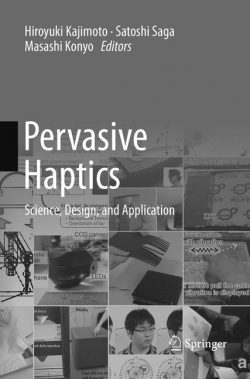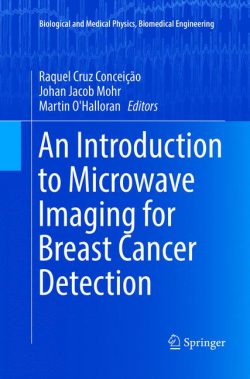The aim of this book is to present a range of analytical methods that can be used in formulation design and development and focus on how these systems can be applied to understand formulation components and the dosage form these build. To effectively design and exploit drug delivery systems, the underlying characteristic of a dosage form must be understood–from the characteristics of the individual formulation components, to how they act and interact within the formulation, and finally, to how this formulation responds in different biological environments. To achieve this, there is a wide range of analytical techniques that can be adopted to understand and elucidate the mechanics of drug delivery and drug formulation. Such methods include e.g. spectroscopic analysis, diffractometric analysis, thermal investigations, surface analytical techniques, particle size analysis, rheological techniques, methods to characterize drug stability and release, and biological analysis in appropriate cell and animal models. Whilst each of these methods can encompass a full research area in their own right, formulation scientists must be able to effectively apply these methods to the delivery system they are considering.
UV/Vis spectrophotometry and UV imaging.- Fluorescence spectroscopy: basic foundations and methods.- Mid and Near Infrared Spectroscopy.- Raman Spectroscopy.- Pharmaceutical Terahertz Spectroscopy and Imaging.- Circular Dichroism Spectroscopy for Structural Characterization of Proteins.- Application of Mass Spectrometry in Drug Development Science.- WAXD.- Single Crystal X-Ray Diffraction.- Applications of Small Angle X-Ray Scattering in Pharmaceutical Science.- Thermal Analysis of Pharmaceuticals.- Isothermal Microcalorimetry.- HPLC/UHPLC.- Capillary-based Techniques for Physical-chemical Characterization of Drug Substances and Drug Delivery Systems.- Asymmetrical Flow Field Flow Fractionation: a useful tool for the separation of protein pharmaceuticals and particulate systems.- Light and Electron Microscopy.- Vibrational Spectroscopic Imaging.- Magnetic Resonance Imaging and its Applications to Solid Pharmaceutical Dosage Forms.- Mass Spectrometry Imaging of Pharmaceuticals: From Tablets to Tissues.- Applications of AFM in Pharmaceutical Sciences.- Particle Size Analysis of Micro- and Nanoparticles.- Particle Size Measurements in Aerosols.- Rheology in Pharmaceutical Sciences.- Evaluating Oral Drug Delivery Systems: Dissolution Models.- Evaluating Oral Drug Delivery Systems: Digestion Models.- Application of Cell Culture and Tissue Models for Assessing Drug Transport.
Anette Müllertz is professor in the Department of Pharmacy, University of Copenhagen, Denmark. She is head of Bioneer:FARMA, funded by the Danish Ministry of Science and Technology to establish research-based scientific services within the area of Drug Development. After receiving her PhD degree in lipid nutrition at the Technical University of Denmark, she worked for Novo Nordisk A/S, on the development of e.g. structured lipids, digestive lipases, and digestion models. Now, at the University of Copenhagen, she is head of the Rational Oral Drug Delivery Research Group, which focuses on developing predictive biopharmaceutical tools for oral drug development and lipid-based formulations. She has contributed to over 130 publications in international peer-reviewed journals and 10 book chapters. She is also a winner of the AAPS Lipid-Based Drug Delivery Award.
The aim of this book is to present a range of analytical methods that can be used in formulation design and development and focus on how these systems can be applied to understand formulation components and the dosage form these build. To effectively design and exploit drug delivery systems, the underlying characteristic of a dosage form must be understood–from the characteristics of the individual formulation components, to how they act and interact within the formulation, and finally, to how this formulation responds in different biological environments. To achieve this, there is a wide range of analytical techniques that can be adopted to understand and elucidate the mechanics of drug delivery and drug formulation. Such methods include e.g. spectroscopic analysis, diffractometric analysis, thermal investigations, surface analytical techniques, particle size analysis, rheological techniques, methods to characterize drug stability and release, and biological analysis in appropriate cell and animal models. Whilst each of these methods can encompass a full research area in their own right, formulation scientists must be able to effectively apply these methods to the delivery system they are considering.
A ‘must-have’ handbook for inclusion in laboratories working in the field of drug delivery, controlled release, and pharmaceutical sciences




